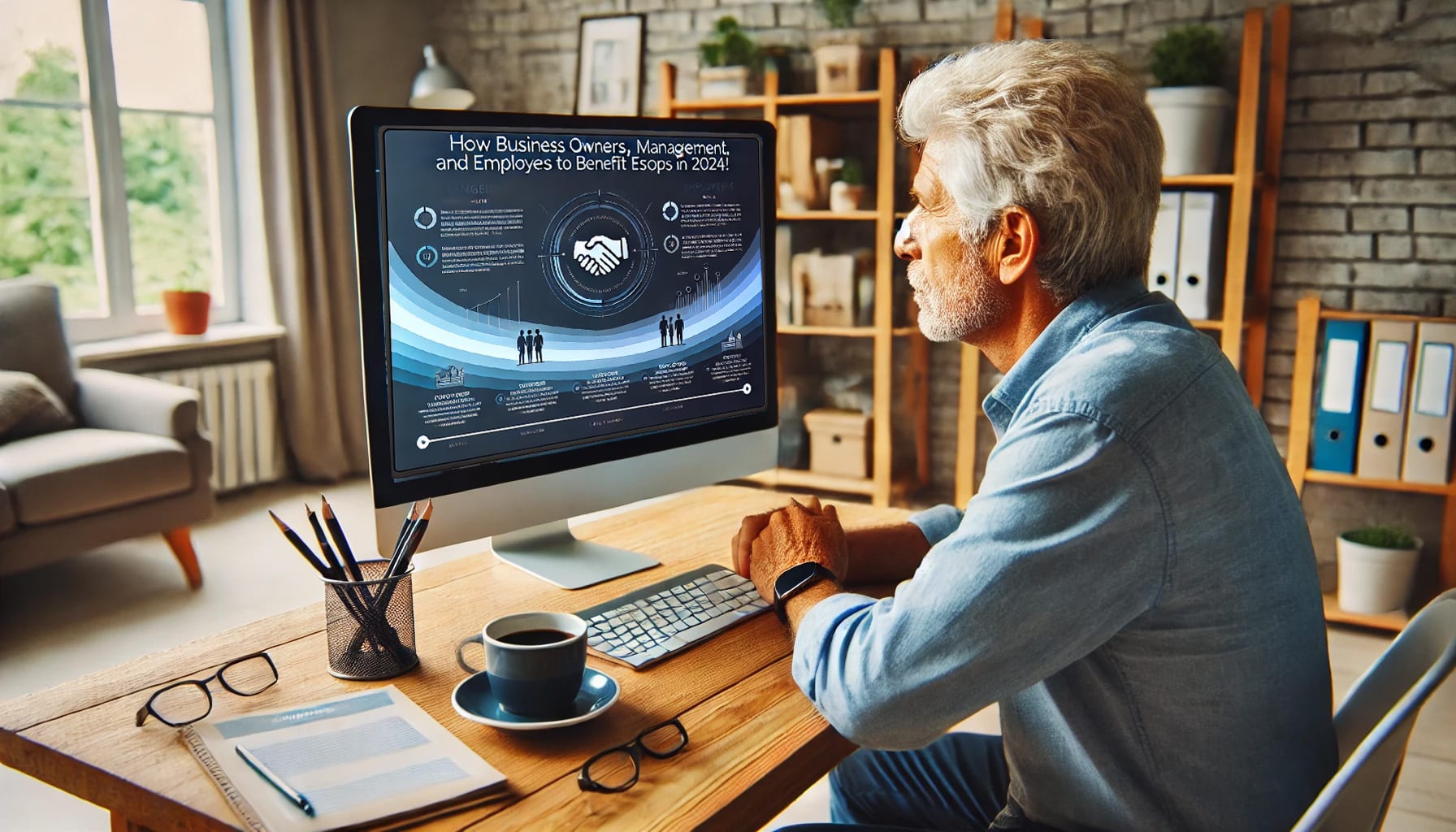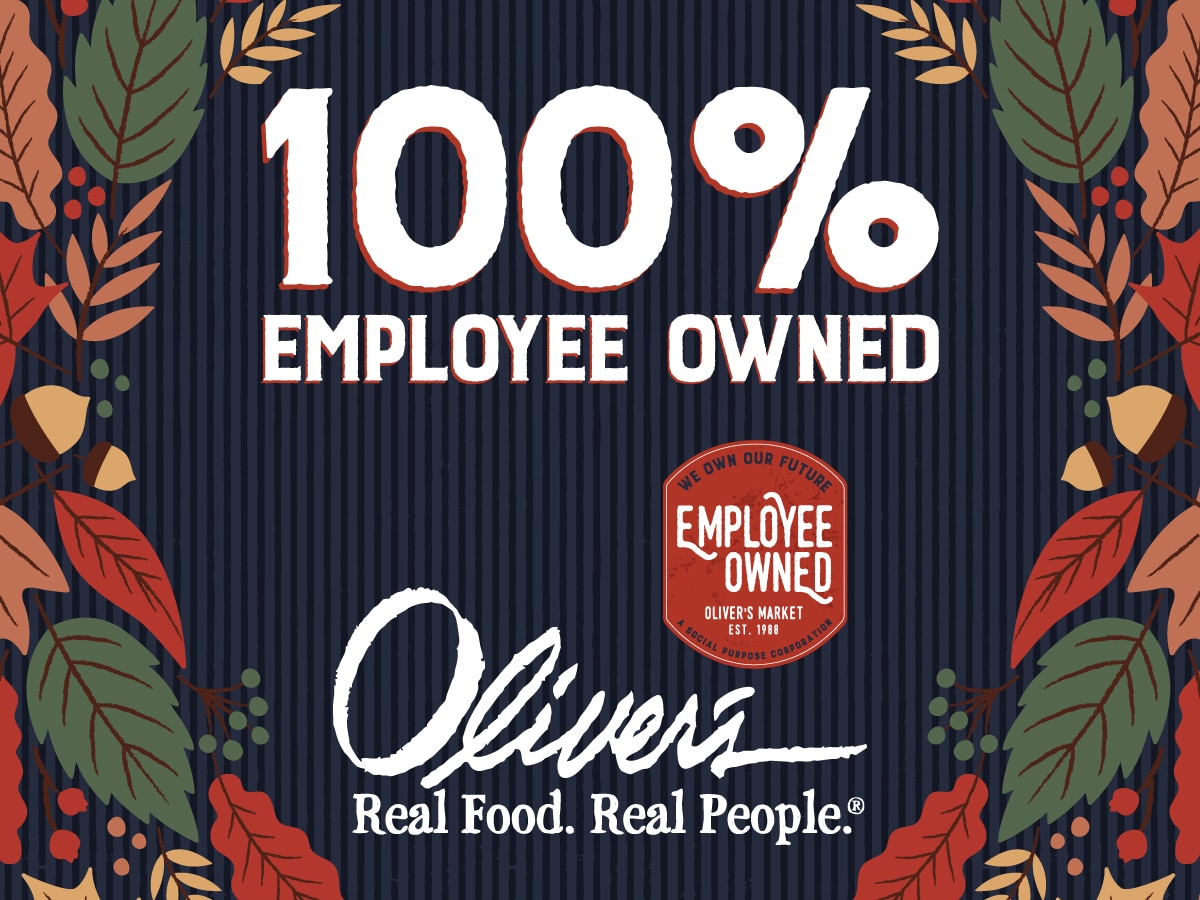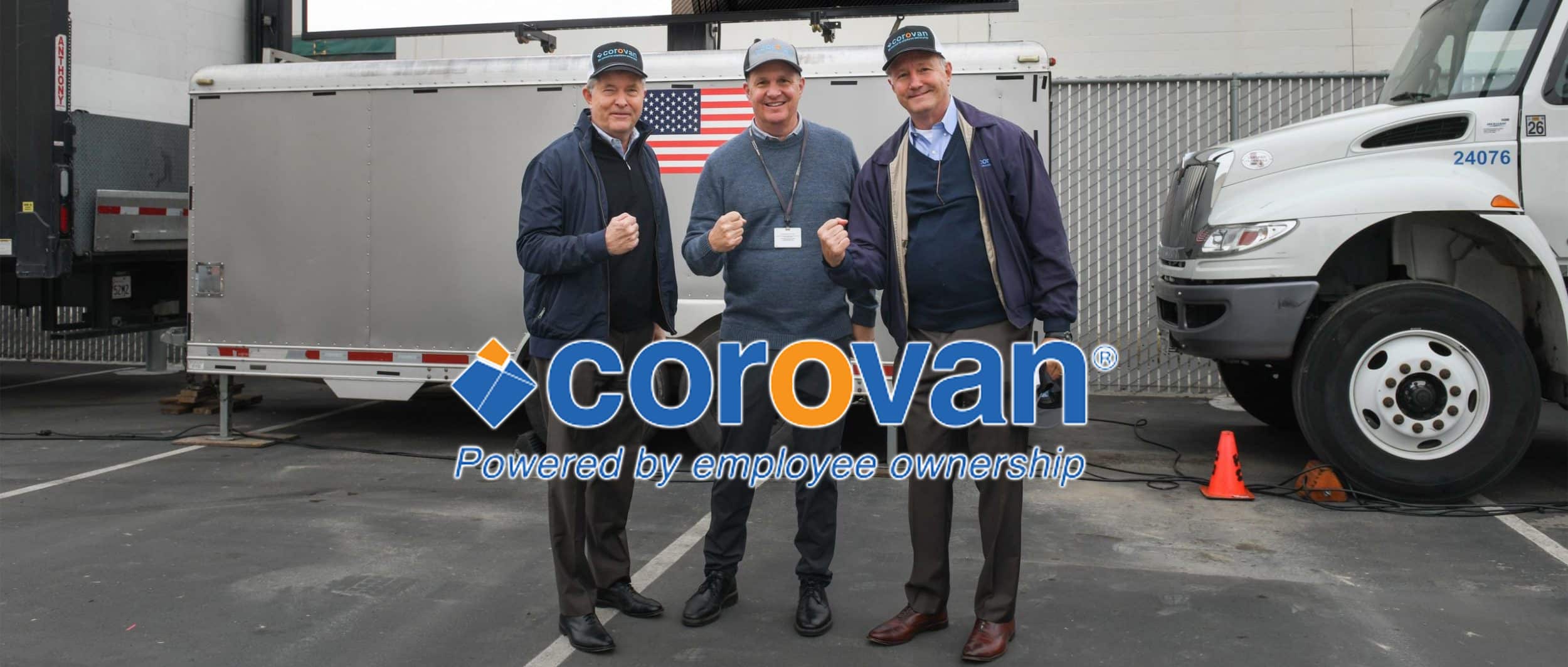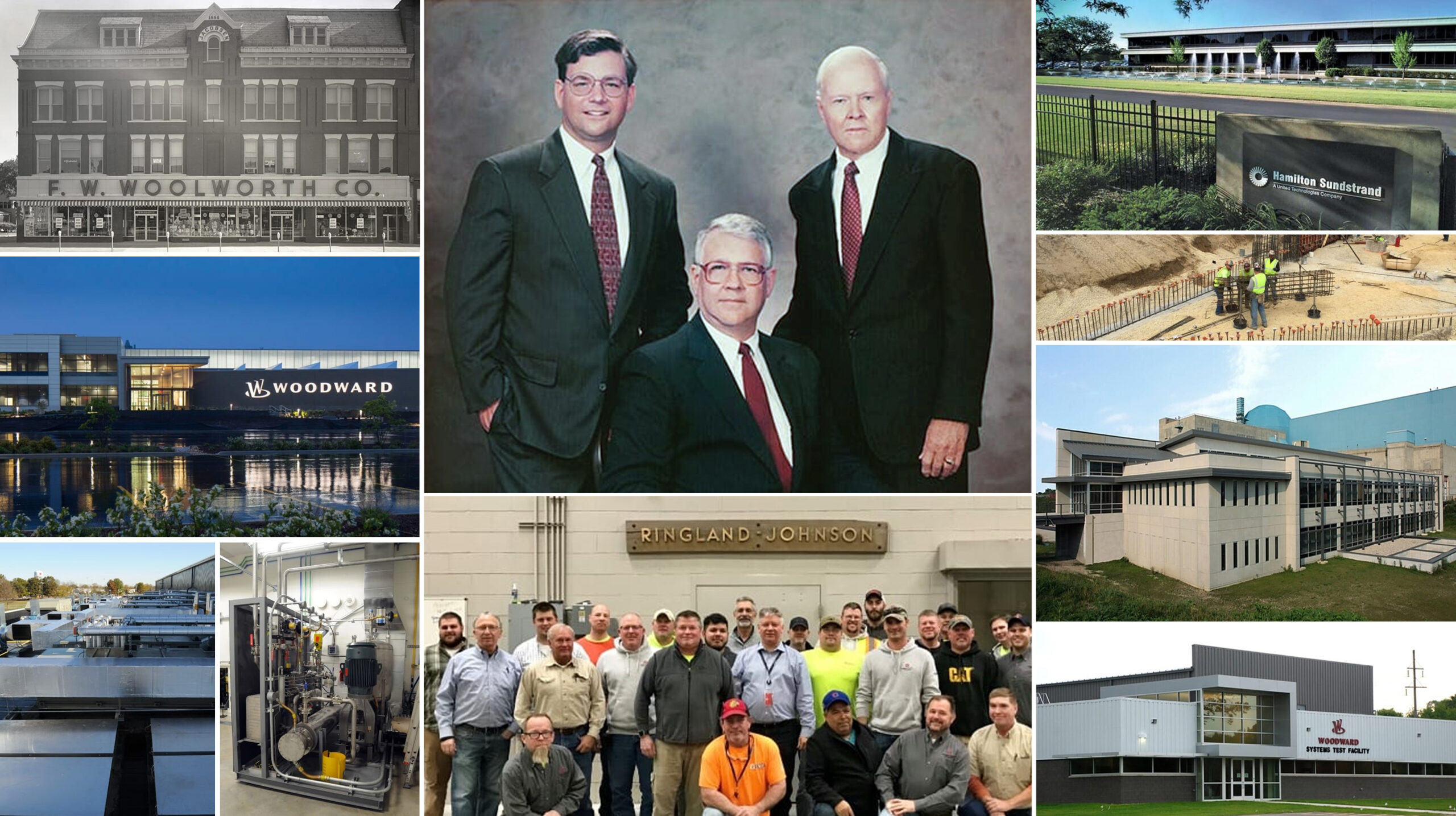
This may be the opportune time to take action to avoid the increase in capital gains tax rates that will most likely take effect next year.
According to the Kiplinger Tax Letter, Congress will likely increase the tax rate on long term capital gains for high income individuals from 15% to 20% starting next year. In addition, starting in 2013 the Obama Health Care Bill imposes a 3.8% tax on investment income and on capital gains for those who earn more than $250,000. These two tax law changes will result in a capital gains tax rate for 2013 of 23.8%, which is a 59% increase.
If you have an interest in locking in the capital gains tax at the current rate but do not wish to sell your entire company to a third party, there are two tax strategies that you can use either to avoid paying the capital gains tax altogether or to lock in the current capital gains tax rate, provided that you act before the end of 2012.
The first tax strategy is to sell part or all of your stock to a company-sponsored Employee Stock Ownership Plan (“ESOP”) and elect tax-free rollover treatment under a special tax code section that only applies to ESOPs. Under this provision the capital gains tax is never paid, provided (i) your company is a C corporation (or converts to C status), (ii) the sale proceeds are reinvested in qualified replacement securities within 12 months from the date of sale, and (iii) these replacement securities are never sold during your lifetime.
The second tax strategy is to sell part or all of your stock to an ESOP and elect to pay tax on the entire transaction in 2012. Under this approach, all of the gain will be taxed at the current capital gains tax rate. Even if you receive a seller note for part or all of the purchase price, the entire sale will be taxed at the current tax rate, provided that you do not elect installment sale treatment on your seller note.
Over the past 35 years more than 40,000 U.S. company owners have taken advantage of this opportunity to create shareholder liquidity without having to sell the entire company. A particular advantage of selling to an ESOP is its flexibility. An ESOP can be used, for example, to buy a portion of the stock from all shareholders on a pro rata basis, or to buy out all of the stock of an inactive shareholder, a retiring shareholder or a minority shareholder.
Although ESOPs are mostly designed for privately-held companies, many well-known public companies have adopted ESOPs and/or broad-based employee stock ownership plans as a way to reduce turnover and absenteeism and increase employee productivity and company profitability. Some of the Fortune 100 companies that have used this technique to their advantage include, Exxon Mobile, Procter & Gamble, Walgreens, Costco, Microsoft, United Parcel Service, Intel, Cisco Systems, Abbott Laboratories, Amazon, Google, and 3M.
Many of this country’s largest privately-held companies have also used this to their advantage, including companies such as as Cargill, Publix, Fidelity Investments, S.C. Johnson & Sons, Bloomberg, Wawa, Hy-Vee, CH2ME Hill, WinCo Foods, Graybar Electric, Edward Jones, Hallmark Cards and Andersen Windows.
A University of Michigan study found that companies with significant employee ownership are 1.5 times more profitable than comparable firms with no employee ownership. Generally, 1.5 times more profits means a 50% increase in the value of your stock. And this differential compounds from year to year. Original shareholders thus own a smaller piece of a much bigger pie.
Does employee ownership lead to a loss of control? No. Regardless of how much stock the ESOP acquires, you can still control all of the stock. This is because stock owned by the Plan is held in trust. Employees are beneficiaries of the economic value of the trust’s investments, but you can retain the voting rights and control.
Properly designed, an Employee Stock Ownership Plan provides a way to tie a portion of each employee’s long-term compensation to the risk and rewards of the business. An ESOP combines the financial interests of the employees with those of the original shareholders so that increased profitability is in everyone’s self-interest. We think employee ownership is the most effective incentive program available because its success is a direct function of the employee’s own efforts.
More information about the tax and financial advantages of an ESOP can be found in the ESOP Information section of our website (www.menke.com) where you can also watch our most recent web seminar entitled The ABCs of ESOPs. If you are interested in obtaining a Free Preliminary Analysis as to whether an ESOP can be designed to accomplish your objectives, please complete the Confidential Feasibility Questionnaire on our web site.
Very truly yours,
John D. Menke
President
To get started and receive a free preliminary analysis from one of our easy experts, fill out the form below:







